Outrider by Jimmy Page
Buy Outrider Although Jimmy Page had a pretty rich post-Led Zeppelin career, he only released one solo studio album, Outrider, in 1988. Originally intended to be a double album, the project was pared […]

Buy Outrider Although Jimmy Page had a pretty rich post-Led Zeppelin career, he only released one solo studio album, Outrider, in 1988. Originally intended to be a double album, the project was pared […]
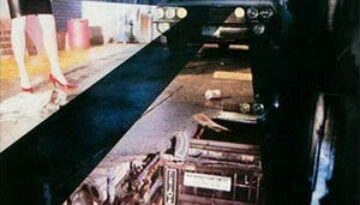
Buy Mean Business After the big success of their eponymous 1985 debut, the super-group The Firm followed up with their sophmore release in early 1986 called Mean Business, which would end up being […]
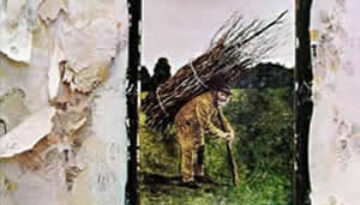
Buy Led Zeppelin IV Led Zeppelin‘s fourth studio album, which has no proper title but is commonly referred to as Led Zeppelin IV, may well be the pinnacle of the band’s early sound. […]
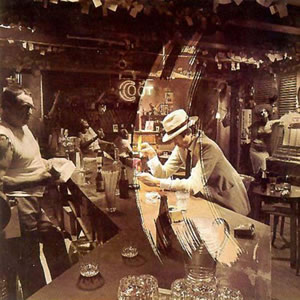
Buy In Through the Out Door Through most critics eyes, the years have not been kind to, In Through the Out Door, the final studio album by Led Zeppelin and only one released […]
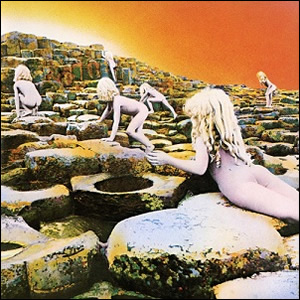
Buy Houses of the Holy Led Zeppelin took stock of their phenomenal fame with Houses of the Holy, with deep contributions from each member of the rock quartet. This fifth album was released […]
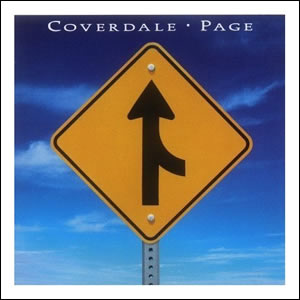
Buy Coverdale-Page Coverdale/Page was a collaboration featuring former Led Zeppelin guitarist Jimmy Page and former Whitesnake and former Deep Purple lead vocalist David Coverdale. The union of these two seemed like an odd […]

Buy Coda Coda is a unique album for us to review. Although it is listed officially as the ninth and final studio album by Led Zeppelin, it could just as well be listed […]
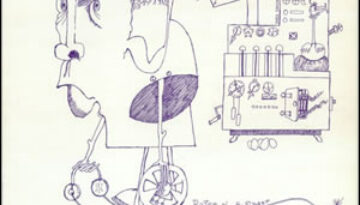
Buy “Roger the Engineer” The Yardbirds put out their strongest album ever in 1966 as well as their only album of all original material. It originally had an eponymous title but has come […]